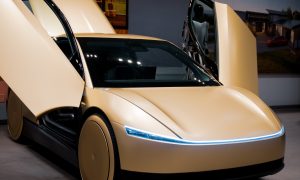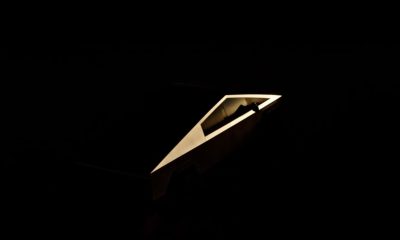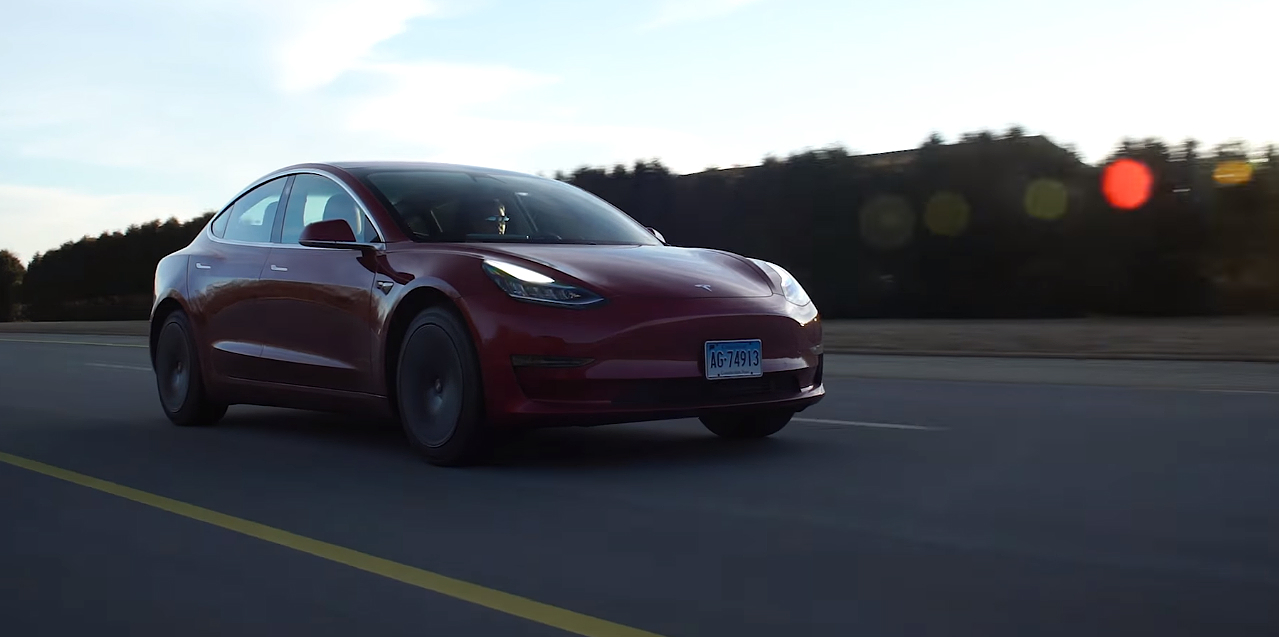

News
Elon Musk spoke with Consumer Reports following Tesla Model 3 test results
In a recent episode of Consumer Reports’ Talking Cars, Auto Test Director Jake Fisher recounted a conversation he had with Tesla CEO Elon Musk following the release of CR’s test results for the Model 3.
While the magazine stated that there was “plenty to like” about the electric car, such as its excellent range and handling, there were several aspects of the vehicle that left much to be desired. The most prominent of the Model 3’s shortcomings were the car’s brakes, which had an average stopping distance of 152 feet from 60-0 mph — longer than any vehicle in its class. Due to its shortcomings, Consumer Reports opted not to give the Model 3 a “Recommended” rating.
Musk promptly responded to the magazine’s findings on Twitter, stating that Tesla would address the Model 3’s braking issues in an over-the-air firmware update. Musk also pledged to continuously improve the Model 3’s brakes, saying that “Tesla won’t stop until Model 3 has better braking than any remotely comparable car.”
As revealed in Consumer Reports’ recent Talking Cars episode, Musk also reached out to Auto Test Director Jake Fisher after the magazine’s test results were published. During their conversation, Musk and Fisher discussed the Model 3 and possible improvements to the vehicle.
“He was remarkably candid about things. Honestly, he actually thanked us for bringing these things to attention, and said that we’re helping him make the car better,” Fisher said.
Fisher noted that he and Musk talked about several of the Model 3’s deficiencies, such as its controls, brakes, wind noise, rear seats, and its suspension. According to the CR Auto Test Director, Musk stated that Tesla has implemented improvements to the Model 3’s design over the past few months.
During the March-April timeframe, for one, Tesla rolled out changes to the Model 3’s glass to adjust wind noise in the cabin. Around the same time, Tesla also made modifications to the suspension, such as its shock absorbers, to make the ride more comfortable.
Musk discussed the controls of the Model 3 as well, a particular aspect of the vehicle that was considered as a weakness in Consumer Reports’ evaluation. According to Fisher, Musk threw out some ideas to make the car’s controls better.
“We talked about the vents, and he talked about ideas of, well, maybe as you move the seat, (the Model 3) would automatically adjust the vents and the mirrors to suit you,” Fisher said.

Consumer Reports recently published the results of its tests for the Model 3. [Credit: Consumer Reports/YouTube]
Musk also discussed another one of Consumer Reports’ complaints about the Model 3 — the car’s keycard. During its testing, the magazine noted that the phone key worked very well with the Model 3, but using the keycard proved cumbersome. Musk addressed this issue during his phone conversation with Fisher as well.
“He (Musk) admitted that yeah, this isn’t working too well, and we really should do something better. Again, I don’t know if they’re gonna do it or not, but he said we really need to provide a normal key to the customers of this car,” Fisher said.
The Model 3’s keycard stands as one of its differences with its larger siblings, the Model S and the Model X, both of which use Tesla’s ubiquitous electric car-shaped key fobs. The keycard, which is credit card-sized for easy storing in a wallet, is embedded with a small chip that acts as a digital signature for the vehicle.
Since the Model 3 keycard uses near field communication (NFC) technology, the card has a limited transmission range of about 4 inches, requiring owners to tap the electric car’s B-pillar to unlock the door. The card is also placed between the front seats of the vehicle to start the car.
Consumer Reports has been mixed with Tesla’s vehicles so far. The magazine dubbed the Model S as the best car it ever tested. The Model X, on the other hand, was dubbed by CR “fast and flawed,” citing the overcomplicated Falcon Wing Doors of the all-electric luxury SUV. Despite its reservations with the Model X, however, Consumer Reports nevertheless ranked Tesla as the sole American automaker in its Top 10 list for 2018.
Watch Consumer Reports’ recent episode on the Tesla Model 3 in the video below.
Elon Musk
Tesla begins expanding Robotaxi access: here’s how you can ride
You can ride in a Tesla Robotaxi by heading to its website and filling out the interest form. The company is hand-picking some of those who have done this to gain access to the fleet.

Tesla has begun expanding Robotaxi access beyond the initial small group it offered rides to in late June, as it launched the driverless platform in Austin, Texas.
The small group of people enjoying the Robotaxi ride-hailing service is now growing, as several Austin-area residents are receiving invitations to test out the platform for themselves.
The first rides took place on June 22, and despite a very small number of very manageable and expected hiccups, Tesla Robotaxi was widely successful with its launch.
Tesla Robotaxi riders tout ‘smooth’ experience in first reviews of driverless service launch
However, Tesla is expanding the availability of the ride-hailing service to those living in Austin and its surrounding areas, hoping to gather more data and provide access to those who will utilize it on a daily basis.
Many of the people Tesla initially invited, including us, are not local to the Austin area.
There are a handful of people who are, but Tesla was evidently looking for more stable data collection, as many of those early invitees headed back to where they live.
The first handful of invitations in the second round of the Robotaxi platform’s Early Access Program are heading out to Austin locals:
I just got a @robotaxi invite! Super excited to go try the service out! pic.twitter.com/n9mN35KKFU
— Ethan McKanna (@ethanmckanna) July 1, 2025
Tesla likely saw an influx of data during the first week, as many traveled far and wide to say they were among the first to test the Robotaxi platform.
Now that the first week and a half of testing is over, Tesla is expanding invites to others. Many of those who have been chosen to gain access to the Robotaxi app and the ride-hailing service state that they simply filled out the interest form on the Robotaxi page of Tesla’s website.
That’s the easiest way you will also gain access, so be sure to fill out that form if you have any interest in riding in Robotaxi.
Tesla will continue to utilize data accumulated from these rides to enable more progress, and eventually, it will lead to even more people being able to hail rides from the driverless platform.
With more success, Tesla will start to phase out some of the Safety Monitors and Supervisors it is using to ensure things run smoothly. CEO Elon Musk said Tesla could start increasing the number of Robotaxis to monitors within the next couple of months.
Elon Musk
Tesla analyst issues stern warning to investors: forget Trump-Musk feud
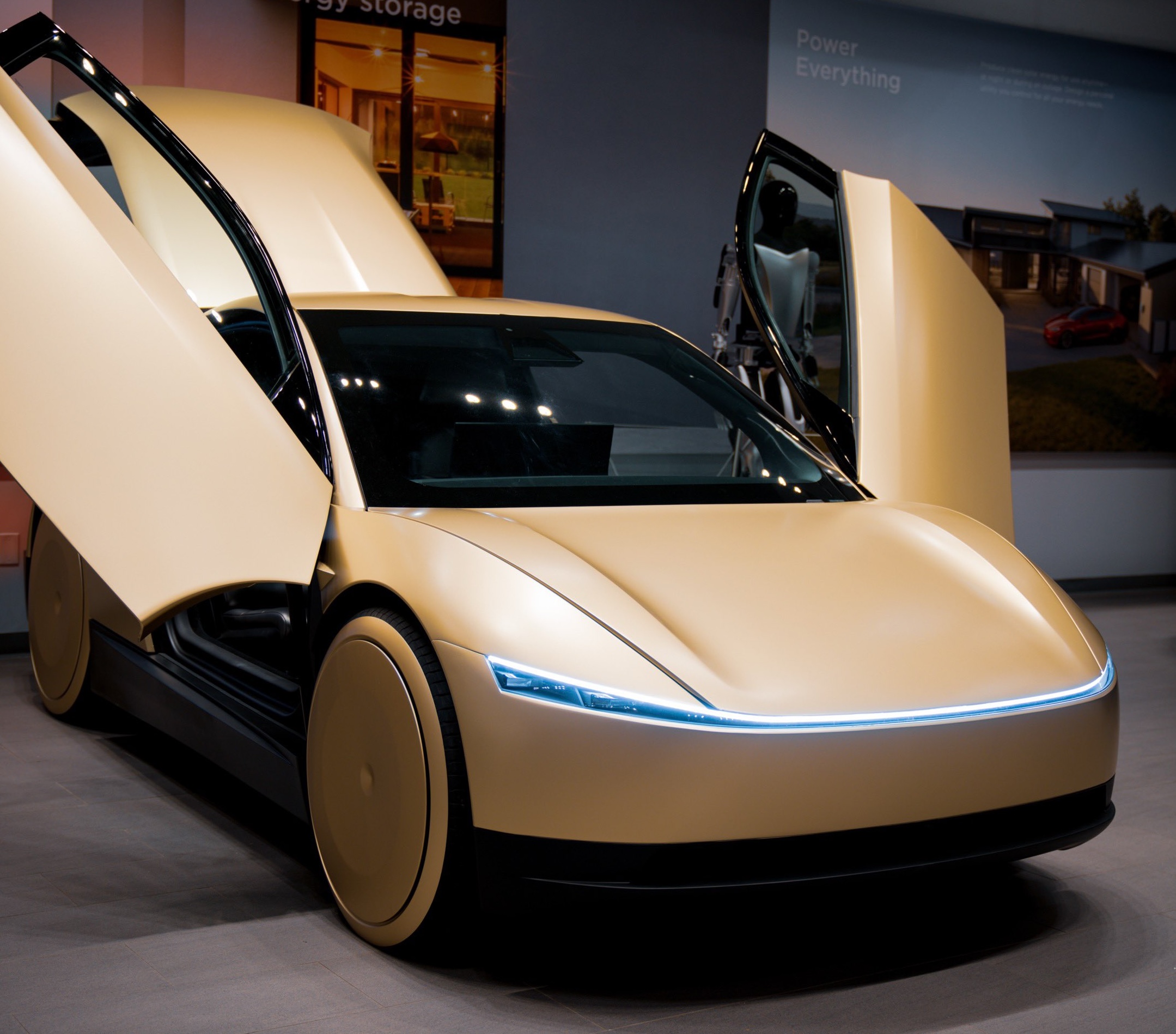
A Tesla analyst today said that investors should not lose sight of what is truly important in the grand scheme of being a shareholder, and that any near-term drama between CEO Elon Musk and U.S. President Donald Trump should not outshine the progress made by the company.
Gene Munster of Deepwater Management said that Tesla’s progress in autonomy is a much larger influence and a significantly bigger part of the company’s story than any disagreement between political policies.
Munster appeared on CNBC‘s “Closing Bell” yesterday to reiterate this point:
“One thing that is critical for Tesla investors to remember is that what’s going on with the business, with autonomy, the progress that they’re making, albeit early, is much bigger than any feud that is going to happen week-to-week between the President and Elon. So, I understand the reaction, but ultimately, I think that cooler heads will prevail. If they don’t, autonomy is still coming, one way or the other.”
BREAKING: GENE MUNSTER SAYS — $TSLA AUTONOMY IS “MUCH BIGGER” THAN ANY FEUD 👀
He says robotaxis are coming regardless ! pic.twitter.com/ytpPcwUTFy
— TheSonOfWalkley (@TheSonOfWalkley) July 2, 2025
This is a point that other analysts like Dan Ives of Wedbush and Cathie Wood of ARK Invest also made yesterday.
On two occasions over the past month, Musk and President Trump have gotten involved in a very public disagreement over the “Big Beautiful Bill,” which officially passed through the Senate yesterday and is making its way to the House of Representatives.
Musk is upset with the spending in the bill, while President Trump continues to reiterate that the Tesla CEO is only frustrated with the removal of an “EV mandate,” which does not exist federally, nor is it something Musk has expressed any frustration with.
In fact, Musk has pushed back against keeping federal subsidies for EVs, as long as gas and oil subsidies are also removed.
Nevertheless, Ives and Wood both said yesterday that they believe the political hardship between Musk and President Trump will pass because both realize the world is a better place with them on the same team.
Munster’s perspective is that, even though Musk’s feud with President Trump could apply near-term pressure to the stock, the company’s progress in autonomy is an indication that, in the long term, Tesla is set up to succeed.
Tesla launched its Robotaxi platform in Austin on June 22 and is expanding access to more members of the public. Austin residents are now reporting that they have been invited to join the program.
Elon Musk
Tesla surges following better-than-expected delivery report
Tesla saw some positive momentum during trading hours as it reported its deliveries for Q2.

Tesla (NASDAQ: TSLA) surged over four percent on Wednesday morning after the company reported better-than-expected deliveries. It was nearly right on consensus estimations, as Wall Street predicted the company would deliver 385,000 cars in Q2.
Tesla reported that it delivered 384,122 vehicles in Q2. Many, including those inside the Tesla community, were anticipating deliveries in the 340,000 to 360,000 range, while Wall Street seemed to get it just right.
Tesla delivers 384,000 vehicles in Q2 2025, deploys 9.6 GWh in energy storage
Despite Tesla meeting consensus estimations, there were real concerns about what the company would report for Q2.
There were reportedly brief pauses in production at Gigafactory Texas during the quarter and the ramp of the new Model Y configuration across the globe were expected to provide headwinds for the EV maker during the quarter.
At noon on the East Coast, Tesla shares were up about 4.5 percent.
It is expected that Tesla will likely equal the number of deliveries it completed in both of the past two years.
It has hovered at the 1.8 million mark since 2023, and it seems it is right on pace to match that once again. Early last year, Tesla said that annual growth would be “notably lower” than expected due to its development of a new vehicle platform, which will enable more affordable models to be offered to the public.
These cars are expected to be unveiled at some point this year, as Tesla said they were “on track” to be produced in the first half of the year. Tesla has yet to unveil these vehicle designs to the public.
Dan Ives of Wedbush said in a note to investors this morning that the company’s rebound in China in June reflects good things to come, especially given the Model Y and its ramp across the world.
He also said that Musk’s commitment to the company and return from politics played a major role in the company’s performance in Q2:
“If Musk continues to lead and remain in the driver’s seat, we believe Tesla is on a path to an accelerated growth path over the coming years with deliveries expected to ramp in the back-half of 2025 following the Model Y refresh cycle.”
Ives maintained his $500 price target and the ‘Outperform’ rating he held on the stock:
“Tesla’s future is in many ways the brightest it’s ever been in our view given autonomous, FSD, robotics, and many other technology innovations now on the horizon with 90% of the valuation being driven by autonomous and robotics over the coming years but Musk needs to focus on driving Tesla and not putting his political views first. We maintain our OUTPERFORM and $500 PT.”
Moving forward, investors will look to see some gradual growth over the next few quarters. At worst, Tesla should look to match 2023 and 2024 full-year delivery figures, which could be beaten if the automaker can offer those affordable models by the end of the year.
-

 Elon Musk2 days ago
Elon Musk2 days agoTesla investors will be shocked by Jim Cramer’s latest assessment
-

 News1 week ago
News1 week agoTesla Robotaxi’s biggest challenge seems to be this one thing
-

 Elon Musk2 weeks ago
Elon Musk2 weeks agoElon Musk slams Bloomberg’s shocking xAI cash burn claims
-

 News2 weeks ago
News2 weeks agoTexas lawmakers urge Tesla to delay Austin robotaxi launch to September
-

 Elon Musk1 week ago
Elon Musk1 week agoFirst Look at Tesla’s Robotaxi App: features, design, and more
-
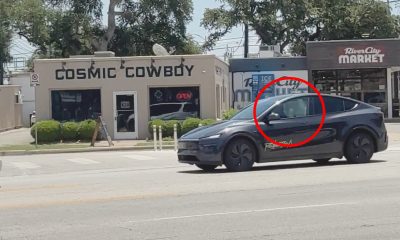
 Elon Musk2 weeks ago
Elon Musk2 weeks agoTesla Robotaxis are becoming a common sight on Austin’s public roads
-

 Elon Musk2 weeks ago
Elon Musk2 weeks agoSpaceX President meets India Minister after Starlink approval
-

 Elon Musk2 weeks ago
Elon Musk2 weeks agoxAI’s Grok 3 partners with Oracle Cloud for corporate AI innovation


